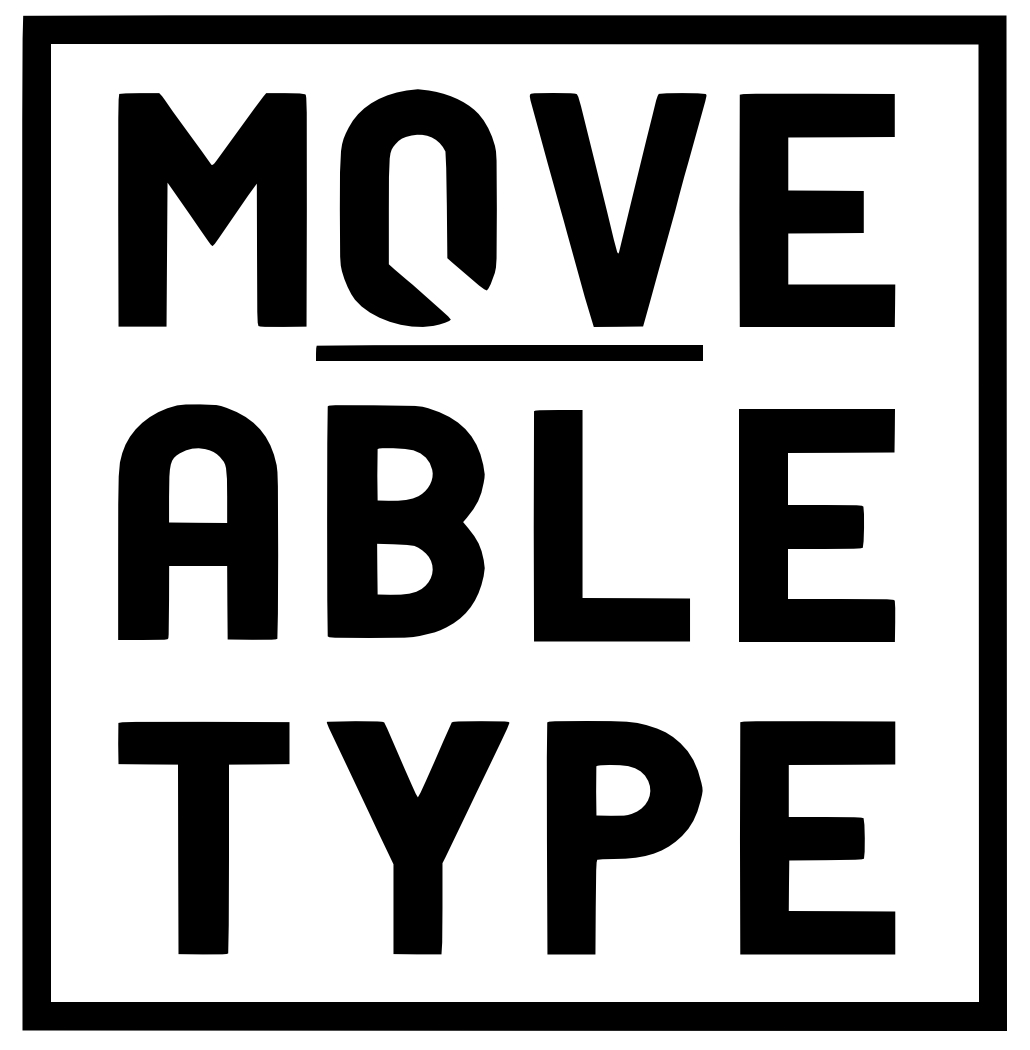Abstract
In both Blade Runner and Westworld, the posthuman subjects appear as humanoid androids or cyborgs and blur the lines between human and technology. This degree of liminality grants the posthuman an inherent ability to challenge the legitimacy of hierarchical binaries. The prominent posthumanist, Donna Haraway, problematises these binaries of anthropocentric thought, stating ‘the relation between organism and machine has been a border war’. Similarly, Rosi Braidotti describes how a posthuman subject’s liminality — that is, their existence between the binaries of human and machine — grants them an inherent ability to challenge and destabilise the hierarchical binaries of anthropocentric epistemology. Their subjectivity is no longer defined in opposition to another but is instead ‘an affirmative bond that locates the subject in the flow of relations with multiple others’. Despite this liberatory potential, filmic treatments of the posthuman often portrays them as unemotional or unfeeling, thereby denying them any association with humanity and re-establishing the binary division between human and machine.
Keywords: human, machine, Westworld, Blade Runner, androids, cyborgs, films, , machine, westworld, blade runner, androids, cyborgs, films
How to Cite:
Phelan, D., (2022) “I Feel, Therefore I Am: Trauma, Memory, and Posthuman Liberation in Blade Runner (1982) and WestWorld (2016)”, Moveable Type 14(1). doi: https://doi.org/10.14324/111.1755-4527.128
Downloads:
Download I Feel, Therefore I Am: Trauma, Memory, and Posthuman Liberation in Blade Runner (1982) and WestWorld (2016)
View PDF
2702 Views
262 Downloads

